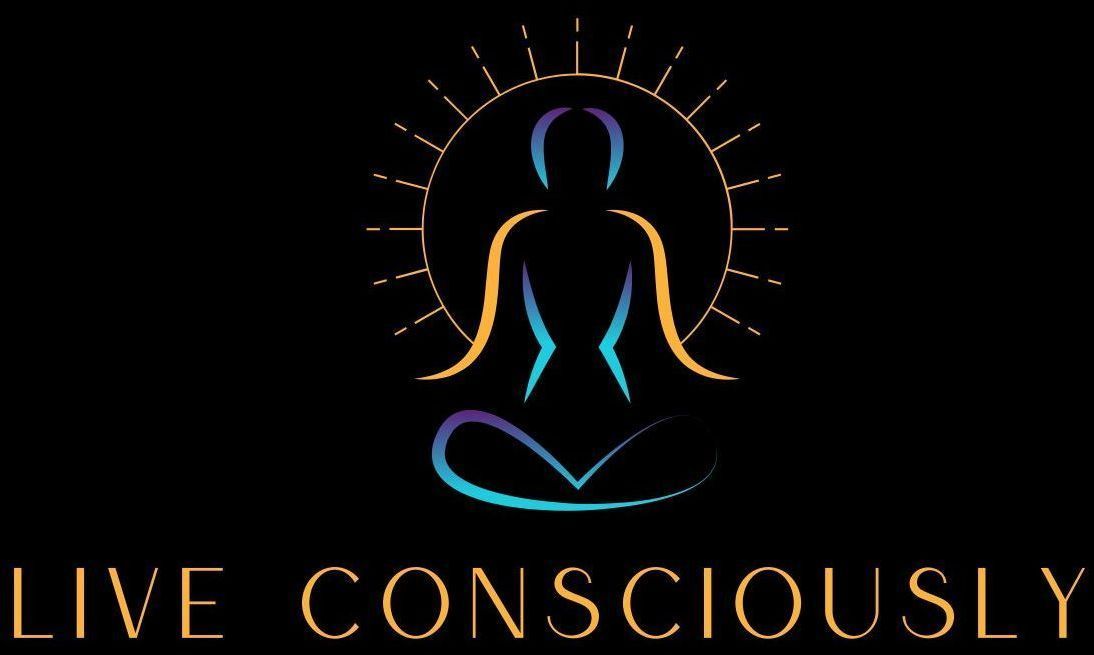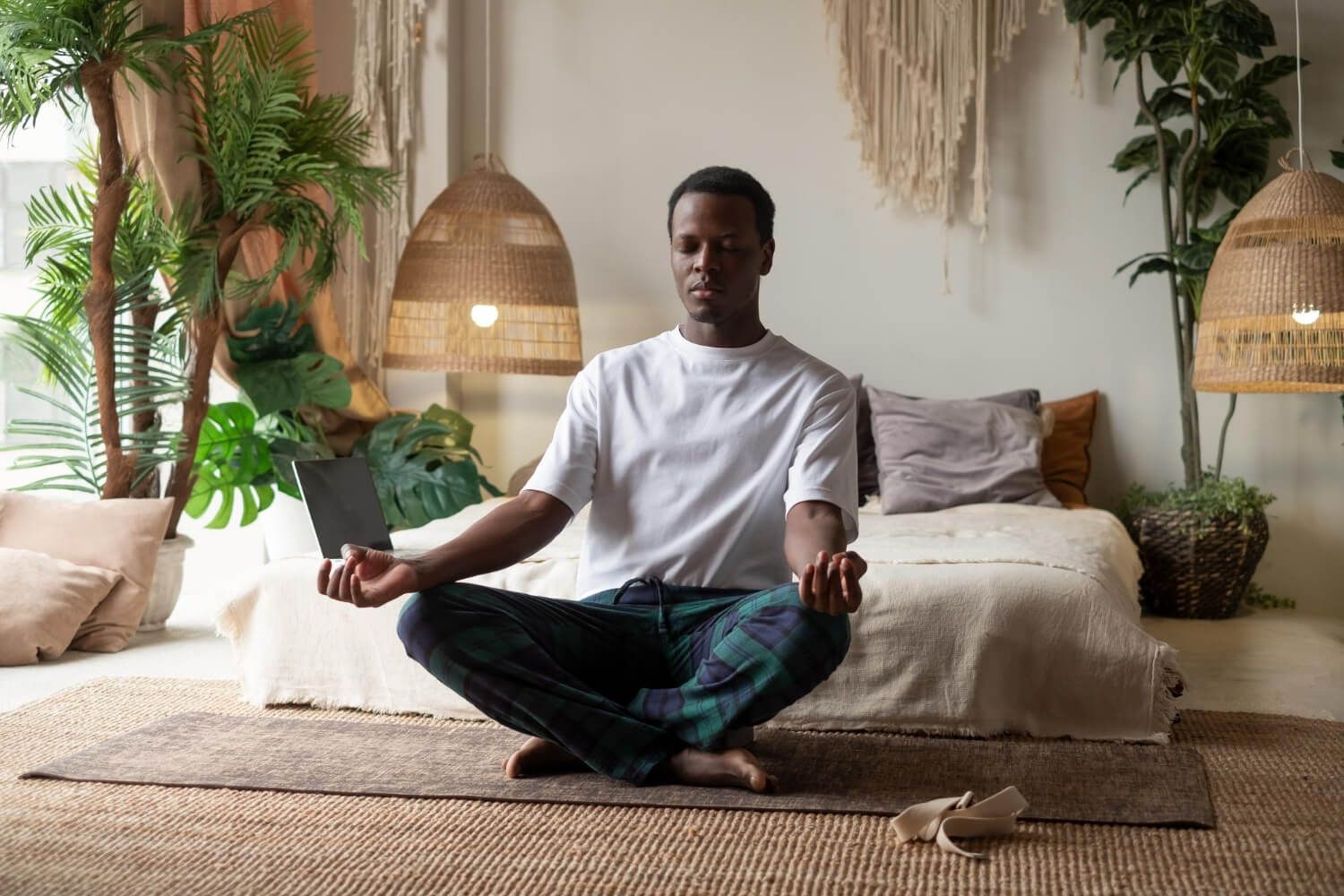A Guide to Managing Trauma Responses

Does a certain smell suddenly make you feel scared? Maybe a tone of voice makes your heart race, or crowded places make you want to run away?
You're not overreacting. These are called emotional triggers, and they're your brain's way of trying to protect you from past hurt.
At Live Consciously, we help people understand their triggers every day. Once you know what sets you off and why, you can take back control of your reactions.
In this guide, you'll discover:
- What emotional triggers really are
- How to spot your personal triggers
- Simple ways to manage them when they happen
- How to build long-term resilience
Remember: This information is educational. If you're having severe reactions or thoughts of self-harm, please reach out to a mental health professional or crisis hotline immediately.

What Are Emotional Triggers?
An emotional trigger is anything that reminds your brain of something painful from your past. When triggered, you might feel scared, angry, sad, or numb – even when you're actually safe.
Think of triggers like this: imagine your brain has a security system. Past hurts taught it to watch for certain "danger signs." Now, even harmless things that look similar can set off the alarm.
Common Types of Triggers
Sensory Triggers:
- Sounds (yelling, sirens, certain music)
- Smells (cologne, smoke, food)
- Sights (uniforms, hospitals, certain faces)
- Touch (unexpected contact, certain textures)
- Tastes (alcohol, specific foods)
Situational Triggers:
- Crowded places
- Being alone
- Conflict or arguments
- Medical appointments
- Job interviews or performance reviews
Emotional Triggers:
- Feeling criticized
- Being ignored or rejected
- Feeling powerless or trapped
- Someone being angry near you
- Feeling judged or misunderstood
Date/Time Triggers:
- Anniversaries of difficult events
- Holidays
- Certain times of day
- Seasons (some people struggle more in winter)
How Trauma Creates Triggers
When something scary or hurtful happens, your brain saves every detail. It wants to recognize danger quickly next time.
This is actually smart! If a tiger chased you, you'd want to spot tigers fast in the future.
But sometimes, your brain saves too much information. Now, things that just remind you of the bad time can feel dangerous too.
What Happens in Your Body When Triggered
Fight Response:
- Heart races
- Muscles tense up
- Feel angry or aggressive
- Want to argue or defend yourself
- Face might get hot or red
Flight Response:
- Feel panicked or scared
- Want to run away or escape
- Breathing gets fast and shallow
- Stomach might hurt
- Feel restless or can't sit still
Freeze Response:
- Can't move or speak
- Mind goes blank
- Feel "stuck" in place
- Breathing might slow down
- Feel disconnected from your body
Fawn Response:
- Try to please everyone
- Agree with things you don't believe
- Apologize for everything
- Put others' needs first
- Feel like you have to be "perfect"
Spotting Your Personal Triggers
Everyone has different triggers based on their own experiences. Learning yours is like becoming a detective of your own feelings.
The Trigger Tracking Method
For one week, notice when you have strong reactions. Write down:
What happened right before?
- Where were you?
- Who was there?
- What were you doing?
- What did you see, hear, or smell?
How did your body react?
- Heart racing?
- Tight chest?
- Stomach problems?
- Feeling hot or cold?
What emotions came up?
- Scared, angry, sad, numb?
- How strong (1-10)?
- How long did it last?
What thoughts went through your mind?
- "I'm in danger"
- "I'm not good enough"
- "This always happens to me"
Common Trigger Patterns
Time-Based Patterns:
- Mornings are hardest
- Sunday nights bring anxiety
- Certain months are difficult
People-Based Patterns:
- Authority figures feel scary
- Large groups are overwhelming
- Certain personality types trigger you
Situation-Based Patterns:
- Conflict makes you freeze
- Being the center of attention feels bad
- Medical settings bring up fear

Managing Triggers When They Happen
You can't always avoid triggers, but you can learn to handle them better.
The STOP Technique
When you notice you're triggered:
S - Stop what you're doing
- Pause and breathe
- Don't make big decisions right now
- Tell yourself: "I'm having a trigger reaction"
T - Take a breath
- Breathe in slowly for 4 counts
- Hold for 4 counts
- Breathe out for 6 counts
- Repeat 3 times
O - Observe what's happening
- Notice your body: "My heart is racing"
- Notice your emotions: "I feel scared"
- Notice your thoughts: "I think I'm in danger"
P - Proceed with care
- Ask: "Am I actually safe right now?"
- Choose a helpful response
- Use your coping tools
Quick Coping Tools
5-4-3-2-1 Grounding:
- 5 things you can see
- 4 things you can touch
- 3 things you can hear
- 2 things you can smell
- 1 thing you can taste
This brings you back to the present moment.
Box Breathing:
- Breathe in for 4
- Hold for 4
- Breathe out for 4
- Hold empty for 4
- Repeat 4 times
Safe Person Visualization:
- Picture someone who makes you feel safe
- Imagine them with you
- What would they say to comfort you?
Positive Self-Talk:
- "This feeling will pass"
- "I am safe right now"
- "I've gotten through hard things before"
- "My body is trying to protect me"
Physical Release Techniques
Shake It Out:
- Shake your hands and arms
- Shake your whole body gently
- Animals do this after escaping danger
- Helps release stress energy
Progressive Muscle Relaxation:
- Tense your shoulders for 5 seconds
- Release and notice the difference
- Do this with different muscle groups
- Helps your body remember how to relax
Movement:
- Take a short walk
- Do gentle stretches
- Dance to your favorite song
- Any movement that feels good

Building Long-Term Resilience
Managing triggers gets easier with practice. Think of it like building a muscle – the more you work on it, the stronger you get.
Daily Practices That Help
Morning Grounding Ritual:
- Take 5 deep breaths when you wake up
- Say one thing you're grateful for
- Set an intention for the day
- Notice how your body feels
Regular Check-Ins:
- Several times a day, ask: "How am I feeling?"
- Notice tension and breathe into those areas
- Adjust your day if you're feeling triggered
Evening Wind-Down:
- Write down one good thing from your day
- Do gentle stretches
- Practice gratitude
- Prepare for restful sleep
Building Your Support Network
Safe People to Call:
- Friends who understand triggers
- Family members who are supportive
- Therapist or counselor
- Crisis hotline (988 for Suicide & Crisis Lifeline)
What to Tell Them:
- "I'm having a hard time and need support"
- "Can you help me feel grounded?"
- "I just need someone to listen"
- "Can you remind me that I'm safe?"
Creating Safe Spaces
At Home:
- Have a comfort corner with soft blankets
- Keep calming scents nearby (lavender, vanilla)
- Create a photo wall of people you love
- Have stress balls or fidget toys available
At Work:
- Identify quiet spaces you can go to
- Keep breathing exercises in your phone
- Have a trusted coworker who knows your signals
- Practice asking for breaks when needed
In Public:
- Sit near exits when possible
- Bring headphones for overwhelming noise
- Have your support person's number easily accessible
- Practice your grounding techniques beforehand
Real Stories from Our Practice
Names and details changed to protect privacy
Sarah's Journey: Sarah was triggered by loud voices because of childhood yelling. At first, she'd panic and run away. We helped her identify this pattern and practice the STOP technique. Now when her boss raises his voice, she can breathe through it and remind herself she's safe. It took practice, but she feels much more in control.
Marcus's Experience: Marcus got triggered by medical settings after a traumatic hospital stay. We worked together to create a plan for doctor visits: bringing a support person, practicing breathing beforehand, and having grounding tools ready. He still feels some anxiety, but now he can get the medical care he needs.
When to Seek Professional Help
Consider reaching out to a trauma-informed therapist if:
- Triggers happen very often and disrupt your daily life
- You avoid many places or activities because of triggers
- You use unhealthy coping methods (substances, self-harm)
- Triggers are getting worse instead of better
- You have thoughts of hurting yourself or others
- You want professional guidance in healing

How Therapy Can Help with Triggers
At Live Consciously, we use several approaches to help people heal from triggers:
EMDR (Eye Movement Desensitization and Reprocessing): Helps your brain process traumatic memories so they're less triggering.
Somatic Experiencing: Helps your body complete stress responses and feel safer.
Cognitive Behavioral Therapy (CBT): Helps you change thought patterns that make triggers worse.
Internal Family Systems (IFS): Helps different parts of yourself work together for healing.
Our therapists understand that triggers aren't your fault. We create a safe space where you can learn to manage them and heal the underlying trauma.
Remember: Triggers Are Normal
Having triggers doesn't mean you're broken or weak. They're a normal response to difficult experiences. With understanding, practice, and support, you can learn to manage them.
Signs of Progress
As you work with your triggers, you might notice:
- Reactions feel less intense
- You recover more quickly
- You can stay present during triggers
- You feel more confident in difficult situations
- Daily life becomes easier

Your Healing Journey Matters
Learning to manage triggers is a big step in trauma healing. Be patient and gentle with yourself. Every small improvement counts.
You deserve to feel safe and peaceful in your daily life. Whether you work on this alone or with professional help, you're doing something brave and important.
Ready for support with your triggers?
Schedule a free consultation with our trauma specialists:
- Phone: (254) 826-9450
- Email: info@liveconsciouslypllc.com
- Website: www.liveconsciouslypllc.com
We understand triggers and we're here to help you heal.
About the Author:
Alexandrea Long, LCSW-S, is the founder and clinical supervisor at Live Consciously, PLLC. As a Licensed Clinical Social Worker-Supervisor, Alexandrea specializes in trauma-informed care and has extensive experience helping clients heal from complex trauma, PTSD, and childhood wounds. She is trained in evidence-based modalities including Somatic Experiencing, EMDR, Internal Family Systems (IFS), and Acceptance and Commitment Therapy (ACT). Alexandrea is passionate about integrating mind-body healing approaches and helping clients move beyond survival mode into deep, lasting transformation. She believes in addressing trauma at the root level through nervous system regulation and holistic healing practices.
Crisis Resources:
- National Suicide Prevention Lifeline: 988
- Crisis Text Line: Text HOME to 741741
- SAMHSA National Helpline: 1-800-662-4357
- National Domestic Violence Hotline: 1-800-799-7233
References:
- Van der Kolk, B. (2014). The Body Keeps the Score: Brain, mind, and body in the healing of trauma. Viking Penguin.
- Levine, P. A. (2010). In an Unspoken Voice: How the body releases trauma and restores goodness. North Atlantic Books.










